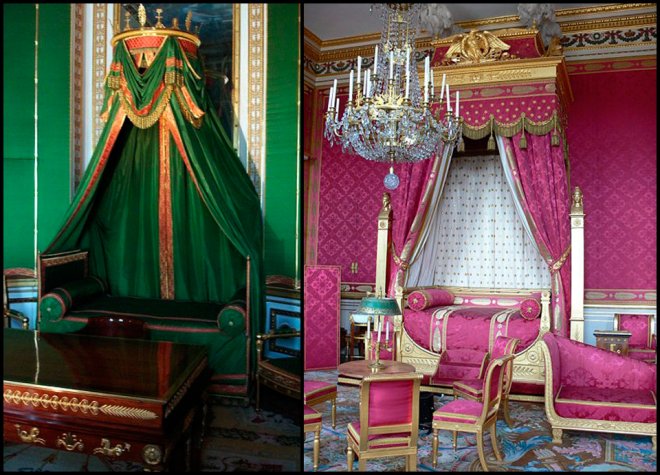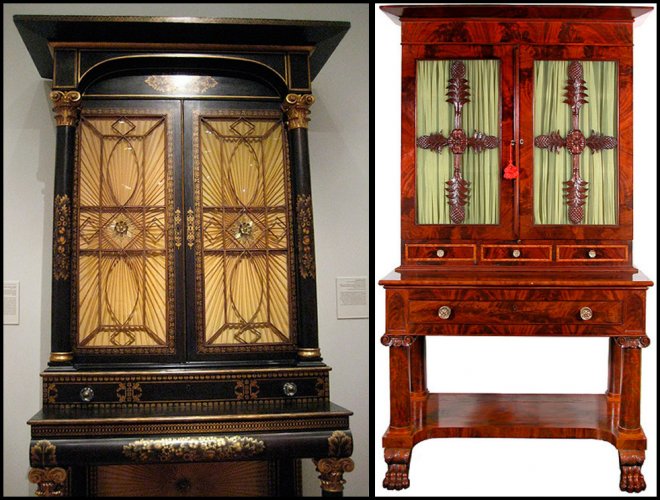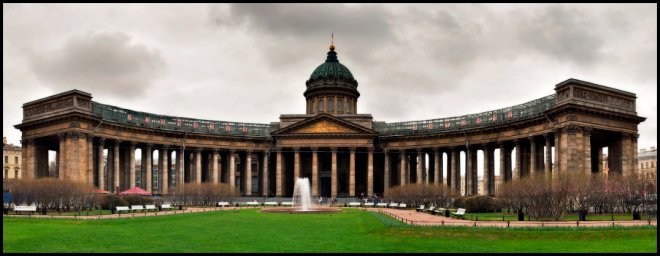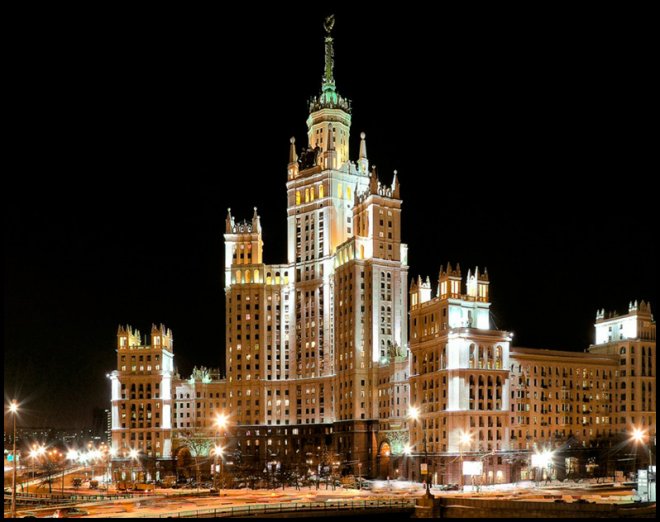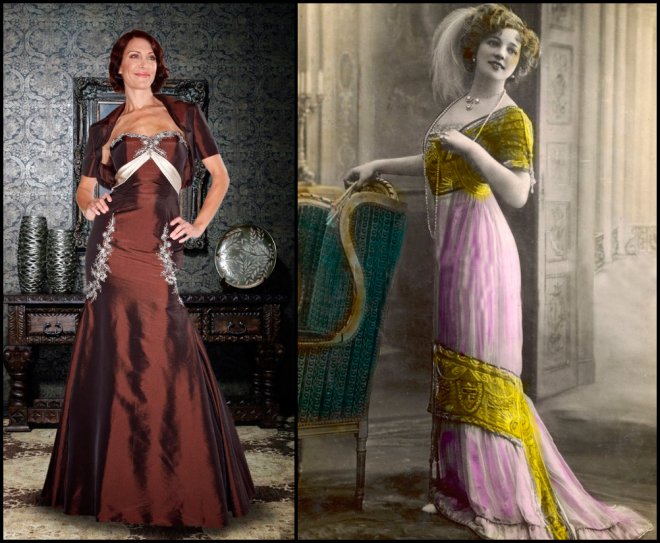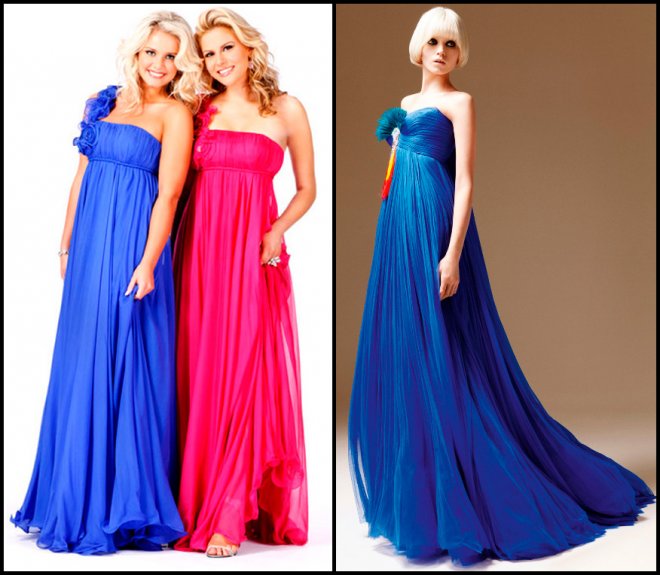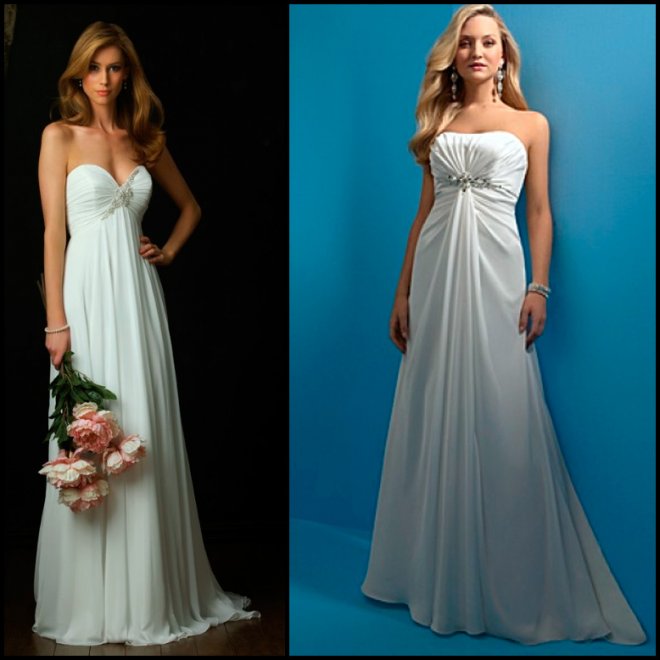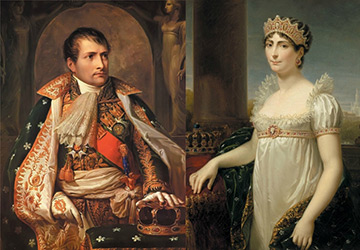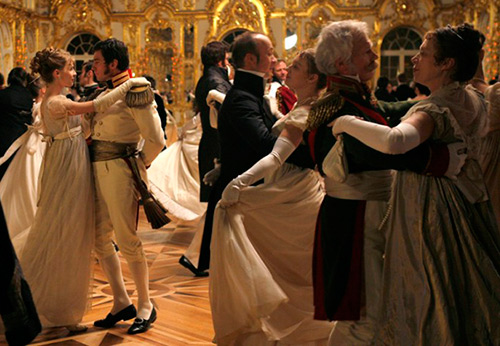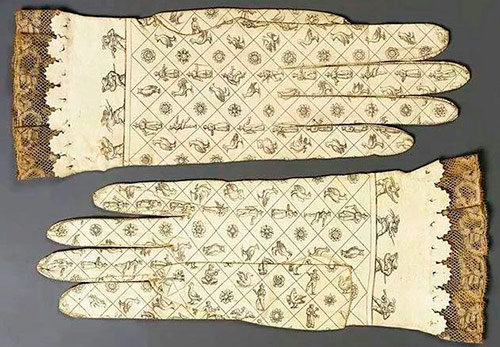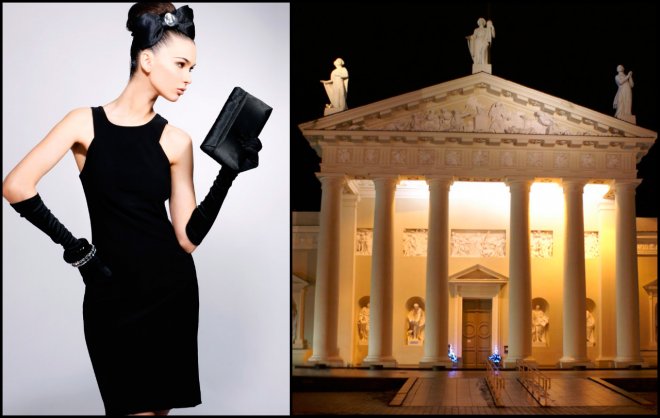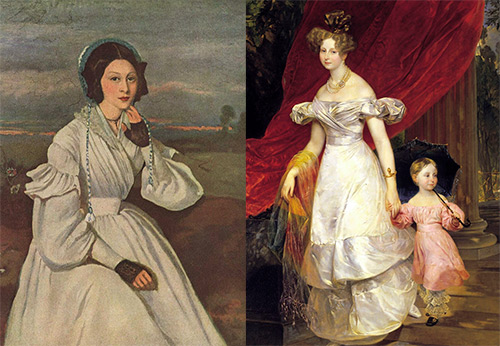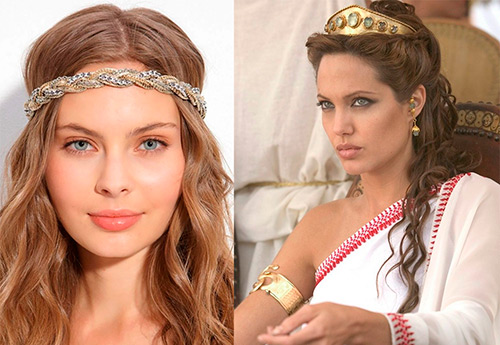Style
Empire style - Imperial style in clothing and architecture
Following classicism in Europe at the beginning of the 19th century, the Empire style came into fashion. In history, following Ancient Greece, Ancient Rome becomes powerful and influential, as well as classicism replaced by the Empire style. Classicism was largely associated with the influence of Ancient Greece, and the Empire style was influenced by the art of Ancient Rome, namely, the Rome of the period of the empire.
The era of the Empire style - 1800-1825. Empire style means imperial, it originated in France, during the time of Napoleon, namely at the time of his successes, his victories. After all, the Empire is the style of the empire, the style of triumphal arches, arches erected in honor of victories, both in ancient Rome and now in Paris.
Empire style will appear in the twentieth century, the so-called Stalinist Empire style. Buildings and entire architectural ensembles in the Stalinist Empire style can be found in Kiev, Moscow and Minsk. So in Minsk, the entire Independence Avenue from the railway station to the BNTU building is designed in the spirit of the Stalinist Empire style, the style of the empire.
Kazan Cathedral was built in the Empire style, as well as a Stalinist skyscraper in the Stalinist Empire style.
The Empire style is always distinguished by great pomp, splendor, pomp.
But let's go back to the beginning of the 19th century. As in architecture, so in fashion, the Empire style is gaining popularity.
The silhouette of the Empire-era costume has a cylindrical shape, tending to the cylindrical outlines of a slender and tall column. Monochrome relief embroidery, symmetrical decorative trim, dense shiny fabrics are used.
In men's clothing, a tailcoat that appeared in the era of classicism - woolen with a high stand-up collar, necessarily dark tones - black, blue, gray, brown, is becoming widespread.
They wore such a tailcoat with a light vest and the same light pantaloons.
The outer garment also remained the coat or frock coat that had appeared earlier. The jacket is gradually becoming the main element in a man's business suit. And in the fall and winter, they wore a coat with a double or even triple collar or cape.
Hairstyles are mostly short, on the heads there are hats with small brims curled at the sides.
Shoes - shoes and boots.
But the influence of the Empire style on women's clothing was especially strong. A striking feature of the Empire style in women's clothing is the high waist, which divides the figure in a ratio of 1: 7 and 1: 6, plus a straight long skirt and a narrow bodice.
Corsets so popular in the Baroque era and out of fashion in the Classicism era are making a comeback in the Empire period. Soft and light fabrics are replaced by dense ones, for example, dense silk, however, thin transparent fabrics are also used, but always on a dense, often silk lining.
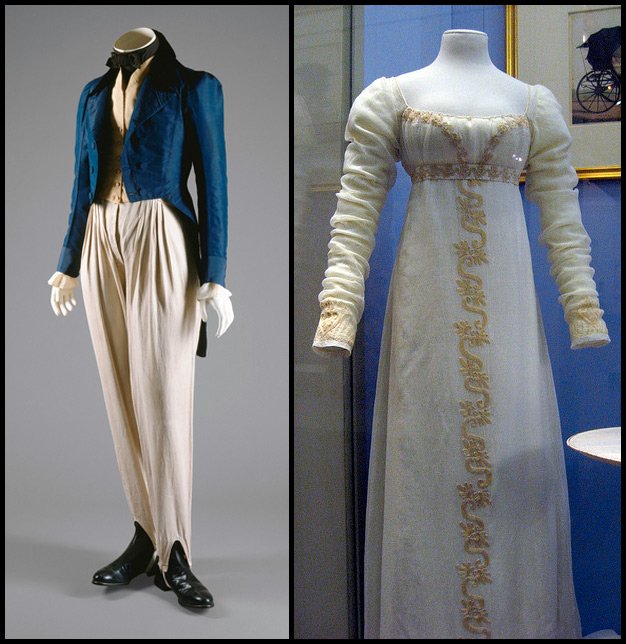
More and more decorative elements appear in women's costume - ruffles, frills, lace, embroidery. The embroidery is often done in a plain white satin stitch with gold and silver thread and shiny sequins.
The Empire-style dresses themselves were also characterized by: a train, a low neckline, a short flashlight sleeve on a wide cuff.
At the beginning of the 19th century, short spencers appeared in outerwear for women, single-breasted coat made of cotton and woolen fabrics, trimmed with velvet, satin (and in winter - lined with fur). Outerwear repeats the silhouette, shape and cut of the dress details.
Headdresses - hoods of a wide variety of styles, and sometimes with a veil, tok-type hats.
Toka is a headdress that appears precisely in the era of Napoleon. It was a black velvet hat decorated with feathers. Such a hat was depicted ... on the coats of arms, namely on the coat of arms. The color of the band and the number of feathers varied depending on the title of the owner of the coat of arms. So, for example, the current depicted on the coat of arms of the nobles had a green band and one feather.
Soon, women began to wear such a headdress without fields and a rounded shape.
It was at the beginning of the 19th century, as in baroque era, much attention is paid to hairstyles and headdresses, namely their splendor and elegance.
Gloves are also used: long kid gloves, sometimes without fingers, the so-called mitts.
Shoes - shoes, flat and open, leather and low heels.
Pearls (both artificial and natural), cameos, tiaras, necklaces, necklaces wrapped around the neck several times, bracelets, rings, bracelets were also worn on the legs, earrings with pendants ...
At the beginning of the 19th century, Napoleon Bonaparte's wife Josephine was the unchanging trendsetter of the Empire style in the early 19th century.
Today, the Empire style in clothing is mainly represented in dresses and sundresses. Wedding dresses are very beautiful. But the features of the Empire style today are the same as at the beginning of the 19th century: a high waistline, the presence of a mandatory ribbon under the chest, as well as a flowing silhouette and a feeling of lightness. The length can also be up to the toes, as in the beginning of the XIX century, but it can also be short.
Empire-style dresses with cropped skirts give the image a certain femininity and even doll-like, naivety. Because of this puppetry, the name of the style for such dresses appeared - style baby doll.
Empire-style wedding dresses are sewn, as well as from silk, traditional for the Empire, and from chiffon. Shoes for such wedding dresses are either flat sandals or high-heeled shoes. The hair is parted in a straight part, combed smoothly, and curls fall on the forehead. If the hair is long, then they are braided in two braids and laid in a net at the back of the head.
The advantage of Empire style dresses is that they suit almost everyone. So they will help full girls to emphasize the breasts and hide the fullness, to girls with a boyish figure they will give femininity. And for low girls, Empire-style dresses will allow you to look taller and stately.
Comments and Reviews
Add a comment
Rating news
Shades of clothing that make women look younger
What shades of hair make women younger: rules and photos
Funny wedding dresses - photos and ideas
12 most expensive down jackets for the winter
How to look 25 at 40: tips from supermodels
Beautiful schoolgirls
Anti-aging haircuts and hairstyles for women
Fashionable skirts for autumn and winter
Fashionable women's trousers for the cold season
Fashionable and stylish sandals for summer 2024
Spring-summer 2024
 Fashionable dresses and tops with thin spaghetti straps
Fashionable dresses and tops with thin spaghetti straps
 Bandana tops: how to wear stylishly and beautifully
Bandana tops: how to wear stylishly and beautifully
 How to put together the perfect men's wardrobe for the summer
How to put together the perfect men's wardrobe for the summer
 Fashionable shorts for spring-summer 2024
Fashionable shorts for spring-summer 2024
 Fashionable skirts for spring-summer 2024: a guide to online shopping
Fashionable skirts for spring-summer 2024: a guide to online shopping
 The most fashionable dresses spring-summer 2024: styles and colors
The most fashionable dresses spring-summer 2024: styles and colors
 Fashionable total look 2024: ideas of images and trends
Fashionable total look 2024: ideas of images and trends
